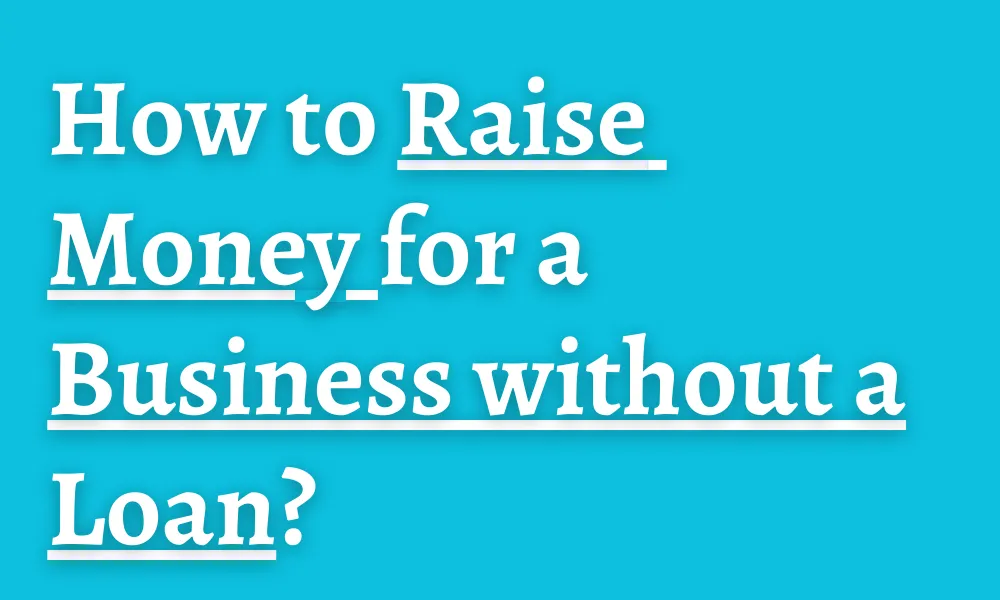The expense of education is always going up in the modern world, making it more and harder for students to finance higher education.
Student loans and other forms of financial help such as scholarships are crucial in helping students complete their educational goals.
To make wise selections about how to pay for your education, it’s crucial to comprehend the differences between these Loan and a scholarship.
What are Student Loans?
Student loans are a particular kind of financial assistance made to assist students in paying for their tuition, books and other educational fees.
There are the two main categories of student loans: Federal loans & Private loans.
Private loans are given by banks and other financial organizations & Federal loans are backed by the government.
Students frequently need to be enrolled in an approved institution of higher education and fulfill particular eligibility requirements in order to be eligible for student loans.
Student loans require repayment, usually with interest, following graduation or when the borrower’s enrollment drops below half-time. The type of loan and the borrower’s credit history might affect the interest rates and payback periods.
Advantages and Disadvantages of Student Loans
Here are some of the advantages and disadvantages of student loans:
Advantages of Student Loans:
1) Access to Education – Student loans provide financial assistance to students who may not have the means to pay for their education upfront.
2) Investment in Future Earnings – Education is often considered an investment in one’s future and student loans allow students to obtain a degree or acquire specialized skills that can lead to higher-paying job opportunities in the long run.
3) Flexible Repayment Options – Many student loans offer flexible repayment options, such as income-driven repayment plans.
4) Building Credit History – Responsible repayment of student loans can help students establish a positive credit history.
5) Potential Loan Forgiveness or Assistance Programs – Some student loans come with forgiveness or assistance programs.
Disadvantages of Student Loans:
1) Accumulation of Debt – Borrowing significant amounts can lead to a substantial financial burden, which may take years or even decades to repay, potentially impacting other financial goals and delaying important life milestones, such as homeownership or starting a family.
2) Interest Accumulation – Student loans generally accrue interest over time, which can significantly increase the total amount repaid.
Also See: How To Get A Loan With No Credit?
3) Repayment Obligations – Student loans come with a repayment obligation, which means graduates are required to make regular payments regardless of their financial situation.
4) Limited Financial Flexibility – Monthly loan payments can limit a borrower’s financial flexibility, making it harder to save, invest or pursue other financial goals.
5) Dependency on Education – Student loans create a sense of dependency on higher education as a means to secure better job prospects.
What are Scholarships?
Scholarships are monetary awards granted to students based on various criteria. Scholarships can be merit-based, need-based or specific to certain talents or fields of study.
They are typically offered by educational institutions, private organizations or individual benefactors.
Unlike student loans, scholarships do not require repayment, making them highly desirable for students seeking financial assistance.
However, scholarships often have specific eligibility requirements, such as maintaining a certain GPA or demonstrating outstanding achievements in a particular area.
The application process for scholarships can be competitive with numerous applicants vying for limited awards.
Selection criteria for a scholarships include:
- academic performance,
- leadership qualities,
- extracurricular activities,
- community involvement,
- personal essays.
Advantages and Disadvantages of Scholarships
Here are some of the advantages and disadvantages of scholarships:
Advantages of Scholarships
1) Financial Assistance – Scholarships provide financial support to students, helping them cover tuition fees, textbooks, accommodation and other educational expenses.
2) Access to Education – Scholarships make education accessible to students who might not have the financial means to pursue higher education.
3) Recognition and Prestige – Receiving a scholarship is often seen as a recognition of one’s academic or extracurricular achievements.
4) Networking Opportunities – Some scholarships offer students the chance to connect with professionals, mentors and other scholars in their field.
5) Focus on Studies – By relieving financial burdens, scholarships allow students to concentrate more on their studies and academic pursuits.
Disadvantages of Scholarships:
1) Competitive Selection Process – Scholarships often have a rigorous and highly competitive selection process, which can be stressful for applicants.
2) Stringent Requirements – Many scholarships have specific eligibility criteria, such as minimum GPA, standardized test scores or specific fields of study.
3) Time and Effort – Applying for scholarships requires time and effort. Students must research and identify suitable scholarships, gather documentation, write essays or personal statements and complete application forms.
4) Limited Coverage – Scholarships may not cover all educational expenses, leaving students responsible for additional costs. This can still create financial strain for students, particularly if the scholarship amount is not sufficient to meet their needs.
How is a Student Loan different from a Scholarship?
| Student Loans | Scholarships | |
|---|---|---|
| Source of Funding | Provided by financial institutions or government | Provided by various sources (e.g., schools, private organizations, government) |
| Repayment | Must be repaid with interest after graduation | Does not require repayment |
| Eligibility | Based on creditworthiness and/or financial need | Based on merit, talent or specific criteria |
| Application Process | Requires application and approval process | Requires application and selection process |
| Amount | Variable loan amounts based on need and borrowing limits | Variable award amounts based on criteria and available funds |
| Interest Rates | Fixed or variable interest rates may apply | No interest charged. |
| Financial Burden | Adds to the overall debt burden of the student | Reduces financial burden by providing funds |
| Purpose | Helps cover educational expenses and living costs | Supports educational expenses and specific pursuits |
| Flexibility | Repayment plans and deferment options available | No repayment obligations or flexibility required |
| Availability | Widely available to students with different circumstances | Limited availability based on specific criteria |
FAQs
What is a key difference between a scholarship and a student loan?
Scholarship is free money awarded based on merit or need and a student loan is borrowed money that needs to be repaid with interest.
What is the advantage of scholarships over loans?
Scholarships offer free financial help for education, while loans require repayment with interest, making scholarships a preferable option for reducing student debt.
Can I repay education loan while studying?
Repaying an education loan while studying is typically not required, as most loans have a grace period until after graduation.
What happens if education loan is not paid?
Defaulting on an education loan can lead to serious consequences, including damaged credit score, legal action, wage garnishment and difficulty obtaining future loans or financial assistance.
Can I use student loans for personal expenses?
No, student loans are intended for educational expenses only and should not be used for personal expenses.
Which is better scholarship or student loan?
Scholarship is better as it provides financial aid without the burden of repayment, while a student loan requires repayment with interest.
Is FAFSA a loan or scholarship?
FAFSA (Free Application for Federal Student Aid) is not a loan or scholarship itself, but rather an application that determines eligibility for various types of financial aid.
What is the maximum amount of student loans you can get?
The maximum amount of student loans varies depending on factors such as the type of loan, your educational level and the cost of attendance.
Final Thoughts
Given the rising cost of higher education, students should understand the differences between student loans and scholarships.
Both options provide financial assistance, but they come with distinct features and implications.
It’s essential to evaluate your individual circumstances, financial goals and long-term plans before choosing between student loans and scholarships.
Exploring both options and considering the advantages and disadvantages they offer will help you make informed decisions about funding your education.
Remember, education is a valuable investment and careful financial planning can pave the way to a successful future.









